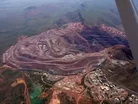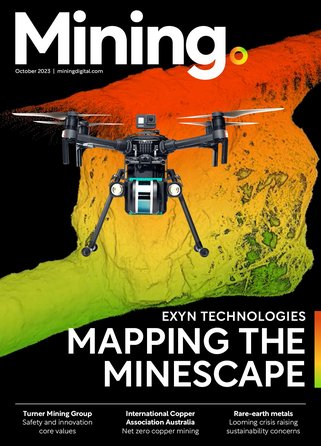Australian tax payers could face mine clean up bills, as miners pocket government rehabilitation funds

Mine closures across Australia are leaving taxpayers with the clean-up bills, after a $1billion Governmental cash injection has backfired, critics say.
Western Australia had invested $1billion in a bid to cushion miners from falling commodity prices, but more than 70 mine closures could expose the taxpayer to the risk of footing the bill for hundreds of millions of dollars in unfunded or underfunded liabilities.
Bill Johnston, State lawmaker, believes that some miners took the cash return only to collapse or suspend operations almost immediately, leaving the state to face potential clean up bills.
“Too much money was reimbursed too quickly and there's a risk that figure will grow and ultimately be passed on to the taxpayer," Johnston said.
Iron ore, gold and other commodities contributed a large amount to state and federal revenue, but following the collapse of metal prices in 2013 the government moved to invest cash buffers.
As a result, the Mining Rehabilitation Fund (MRF) was launched. The Fund was designed to secure the rehabilitation obligations of tenement holders by requiring them to pay an annual levy into the Fund. These payments are then used for future rehabilitation of abandoned mine sites and other land affected by a tenement holder’s mining operations.
But following an increase in mining closures and suspensions, which has been calculated as around 10 percent of the entire state’s mines, concerns have been raised that money previously outlined for mine rehabilitation has been refunded to the minders – and it’s the tax payers who could be left to pay for it.
Read the July issue of Mining Global Magazine!
Be sure to follow @MiningGlobal for news and latest updates.



